CAMA’S 50TH ANNIVERSARY PROFESSIONAL DEVELOPMENT SERIES – FREE WEBINARS
As part of our ongoing commitment to our members we are pleased to introduce the CAMA 50th Anniversary Professional Development Series for 2021. This new program will be comprised of various webinars that are coordinated for the CAO/City Manager, senior managers and their employees. Along with our own webinar series, CAMA Partner companies will be providing educational and informative learning opportunities that showcase innovative services and products relevant to municipal management.
Free of charge to all CAMA members this will be a wonderful way to provide an eclectic selection of resources to all your employees. Please forward to your staff members.
|
Webinar: Responding to Complex Social Issues: Municipal Roles and Promising Solutions to Homelessness, Addictions, and Social Disorder |
|
Hosted by: Canadian Association of Municipal Administrators (CAMA) Speakers: Who Can Attend this Webinar?: CAMA Members and Their Employees. Non-Members are also welcome to attend. Registration Cost: FREE but registration is required Municipalities of varying sizes across Canada are struggling to respond to the increasing visibility and velocity of complex social challenges. The visibility of the drug crisis, compounded by housing affordability challenges, and convoluted health and social response systems have highlighted the need for new ways of approaching these issues. What are promising approaches within the municipal purview and sphere of influences? This session will provide a practical overview of the national landscape to ground emerging promising approaches and learnings from diverse communities. Rather than a silver bullet, the focus will be on untangling the current complexity involved in social challenges into actionable, systems responses that balance diverse community needs. Contact Jennifer Goodine, CAMA Executive Director at [email protected] if you have any questions about this opportunity. |


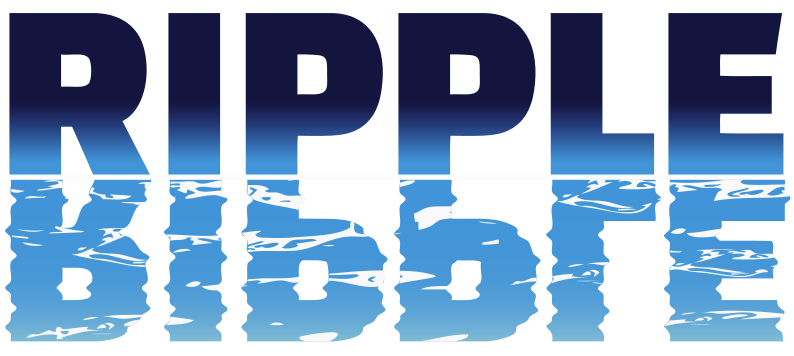


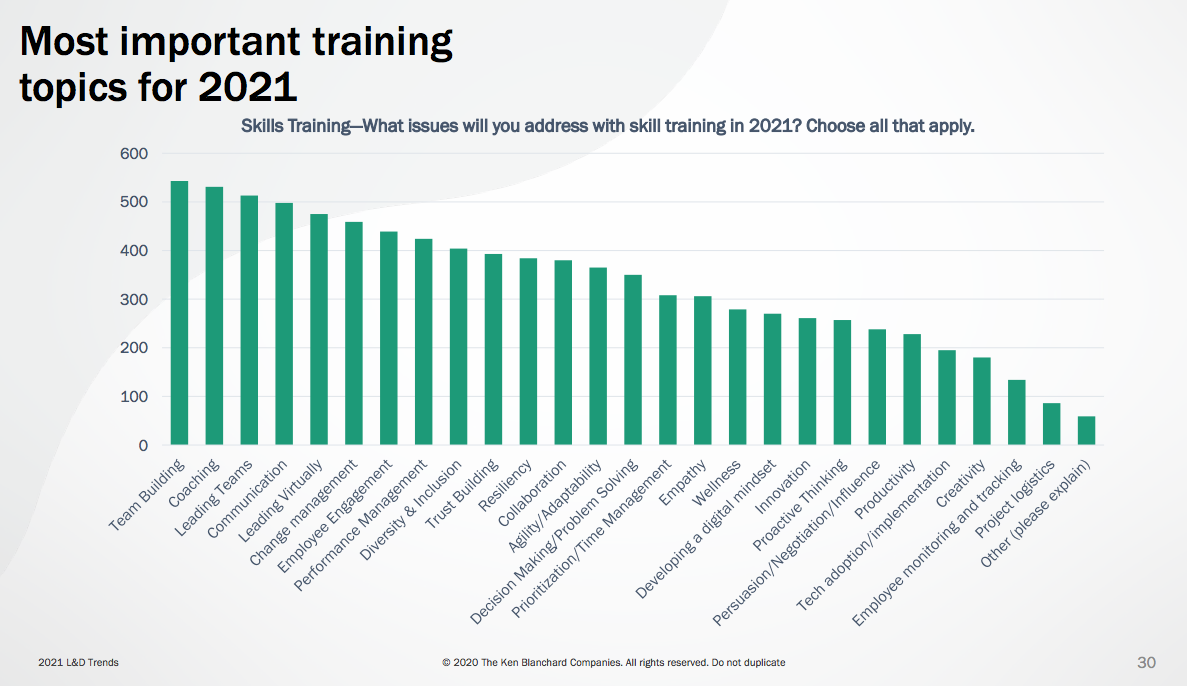

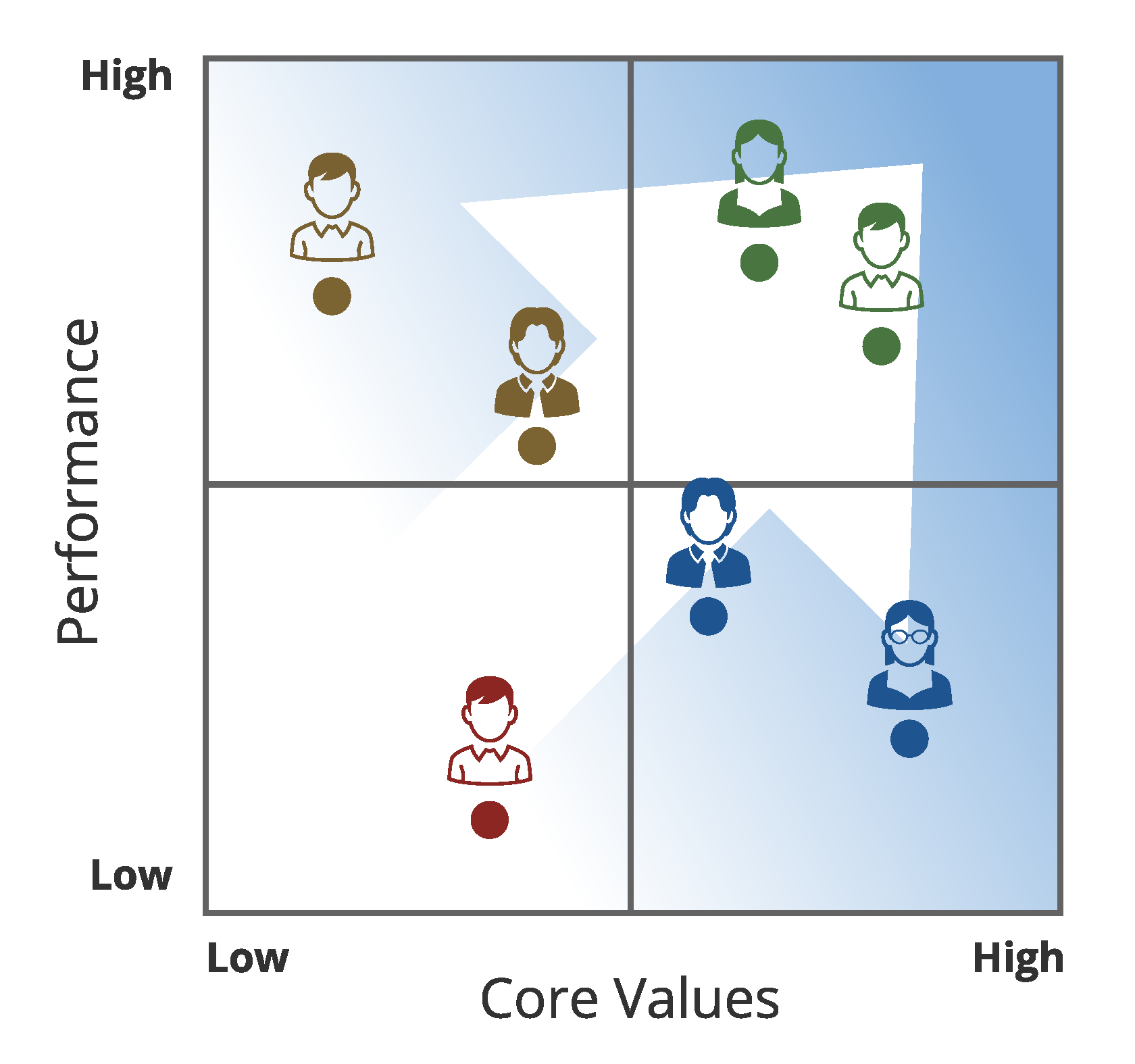

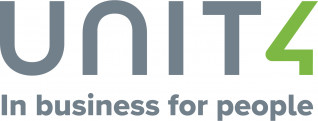
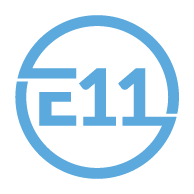
.jpg)



